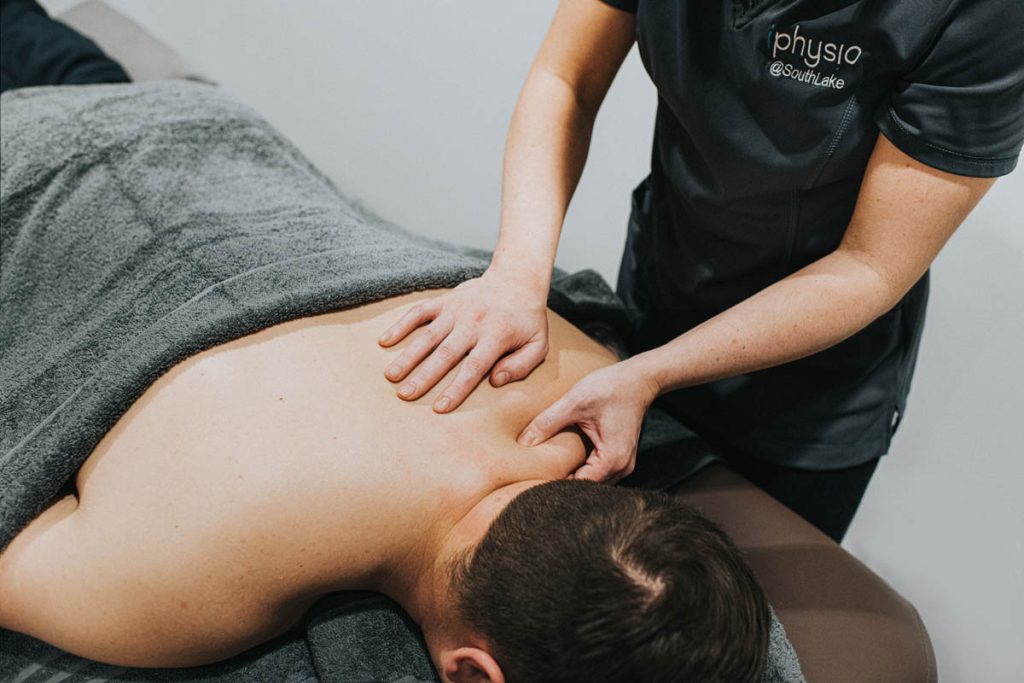Pumping – The stroking movements in massage suck fluid through blood vessels and lymph vessels. By increasing the pressure in front of the stroke, a vacuum is created behind. This is especially important in tight or damaged muscle tissue as a tight muscle will squeeze blood out like a sponge, depriving the tissues of vital nutrients and energy to repair.
Increased tissue permeability – Deep massage causes the pores in tissue membranes to open, enabling fluids and nutrients to pass through. This helps remove waste products such as lactic acid and encourage the muscles to take up oxygen and nutrients which help them recover quicker.
Stretching – Massage can stretch tissues that could not be stretched in the usual methods. Bundles of muscle fibres are stretched lengthwise as well as sideways. Massage can also stretch the sheath or fascia that surrounds the muscle, so releasing any tension or pressure build-up.
Break down scar tissue – Scar tissue is the result of previous injuries or trauma and can affect muscle, tendons, and ligaments. This can lead to inflexible tissues that are prone to injury and pain.
Improve tissue elasticity – Hard training can make tissues hard and inelastic. This is one reason why hard training may not result in improvements. Massage helps reverse this by stretching the tissues.
Opens micro-circulation – Massage does increase blood flow to tissues, but so does exercise. What massage also does is open or dilate the blood vessels and by stretching them this enables nutrients to pass through more easily
Physiological benefits of massage
Pain reduction – Tension and waste products in muscles can often cause pain. Massage helps reduce this in many ways including releasing the bodies endorphins.
Relaxation – Muscles relax through heat generated, circulation and stretching. Mechanoreceptors which sense touch, pressure, tissue length and warmth are stimulated causing a reflex relaxation.

